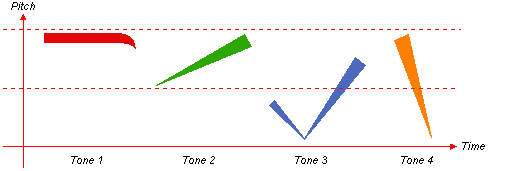| 散文 | sǎn wén | prose / essay |   |
| 散文诗 | sǎn wén shī | prose poem |  |
| 苏轼 | Sū Shì | Su Shi (1037-1101), aka Su Dongpo 蘇東坡|苏东坡[Su1 Dong1 po1], Song dynasty writer, calligrapher and public official, one of the Three Su's 三蘇|三苏[San1 Su1] and one of the Eight Giants of Tang and Song Prose 唐宋八大家[Tang2 Song4 Ba1 Da4 jia1] |  |
| 古文 | gǔ wén | old language / the Classics / Classical Chinese as a literary model, esp. in Tang and Song prose / Classical Chinese as a school subject |   |
| 雕琢 | diāo zhuó | to sculpt / to carve (jade) / ornate artwork / overly elaborate prose |   |
| 欧阳修 | Oū yáng Xiū | Ouyang Xiu (1007-1072), Northern Song dynasty prose writer and historian |  |
| 遗墨 | yí mò | posthumous (painting, calligraphy, prose etc) |   |
| 点金成铁 | diǎn jīn chéng tiě | to transform gold into base metal (idiom) / fig. to edit sb else's beautiful prose and ruin it |   |
| 变文 | biàn wén | a popular form of narrative literature flourishing in the Tang Dynasty (618-907) with alternate prose and rhymed parts for recitation and singing (often on Buddhist themes) |  |
| 唐宋八大家 | Táng Sòng bā dà jiā | Eight Giants of Tang and Song prose, esp. involved in the Classics movement 古文運動|古文运动[gu3 wen2 yun4 dong4], namely: Han Yu 韓愈|韩愈[Han2 Yu4], Liu Zongyuan 柳宗元[Liu3 Zong1 yuan2], Ouyang Xiu 歐陽修|欧阳修[Ou1 yang2 Xiu1], the Three Su father and sons 三蘇|三苏[San1 Su1], Wang Anshi 王安石[Wang2 An1 shi2], Zeng Gong 曾鞏|曾巩[Zeng1 Gong3] |  |
| 散体 | sǎn tǐ | free prose style |  |
| 能诗善文 | néng shī shàn wén | highly literate / lit. capable at poetry, proficient at prose |  |
| 骈体 | pián tǐ | parallel prose (ancient literary style) |  |
| 骈俪 | pián lì | parallel (sentences) / parallel prose |  |
| 属文 | zhǔ wén | to write prose |  |
| 辞章 | cí zhāng | poetry and prose / rhetoric |   |
| 诗话 | shī huà | notes on poetry, an essay genre consisting of informal commentary on poems and poets and their lives (old) / a genre of narrative literature interspersing prose with poetry, popular in the Tang and Song dynasties |  |
| 唐宋八大家 | Táng - Sòng bā dà jiā | the eight giants of Tang and Song prose, esp. involved in the Classics movement 古文運動|古文运动[gu3wen2 yun4dong4], namely: Han Yu 韓愈|韩愈[Han2 Yu4], Liu Zongyuan 柳宗元[Liu3 Zong1yuan2], Ouyang Xiu 歐陽修|欧阳修[Ou1yang2 Xiu1], the three Su's 三蘇|三苏[San1 Su1], Wang Anshi 王安石[Wang2 An1shi2], Zeng Gong 曾鞏|曾巩[Zeng1 Gong3] |  |
| 耍笔杆 | shuǎ bǐ gǎn | to craft facile prose / to play around with words |  |






























